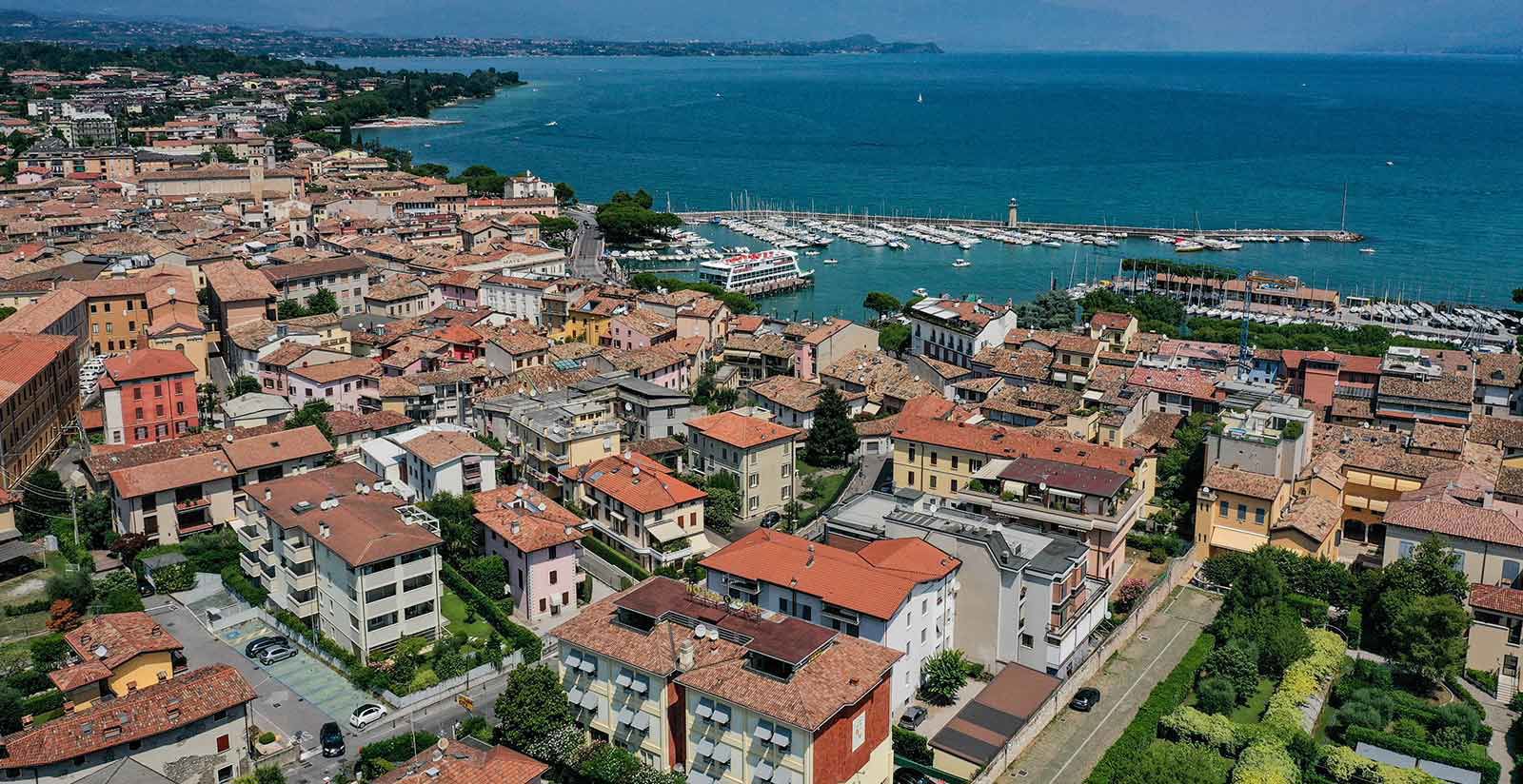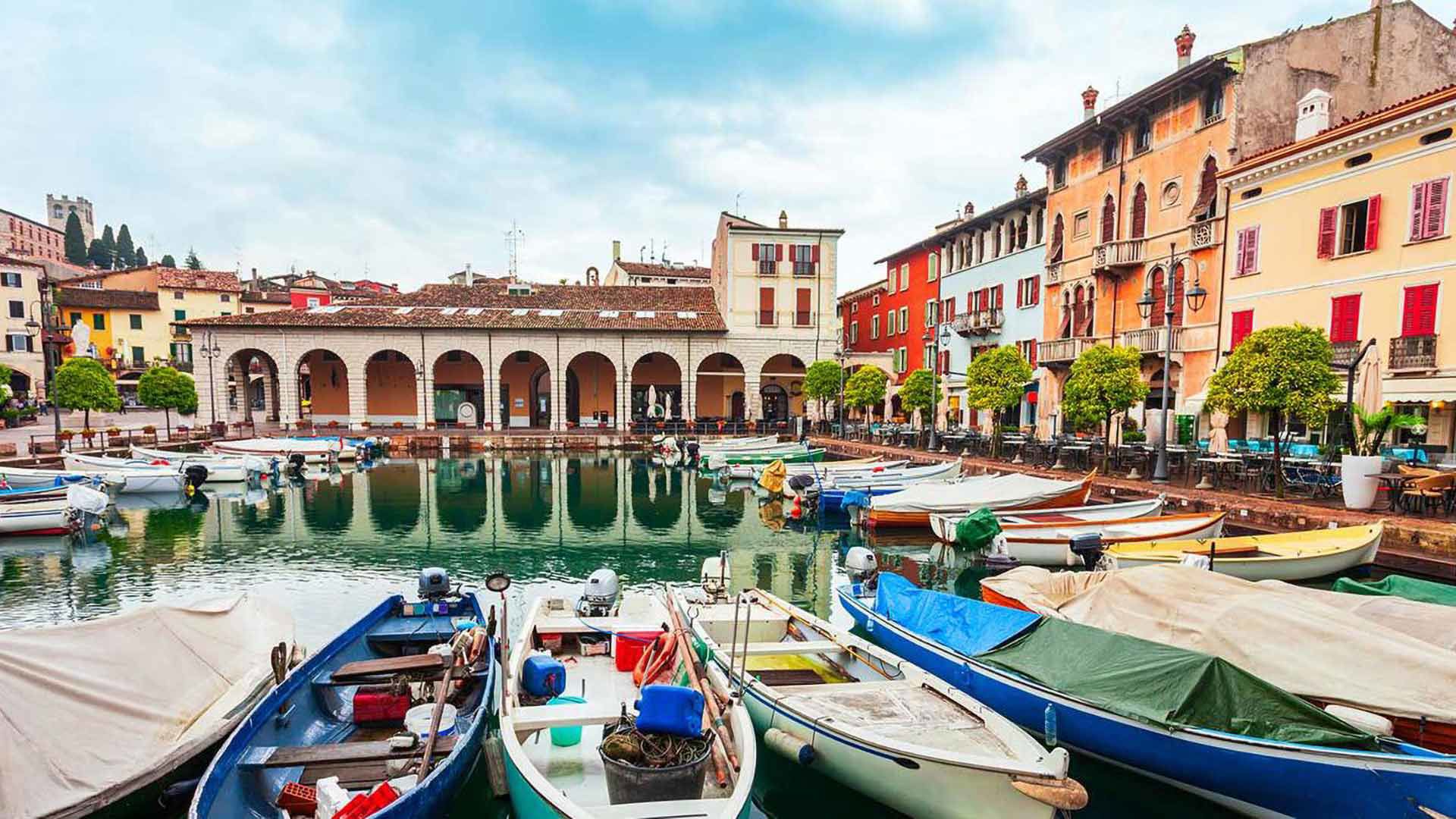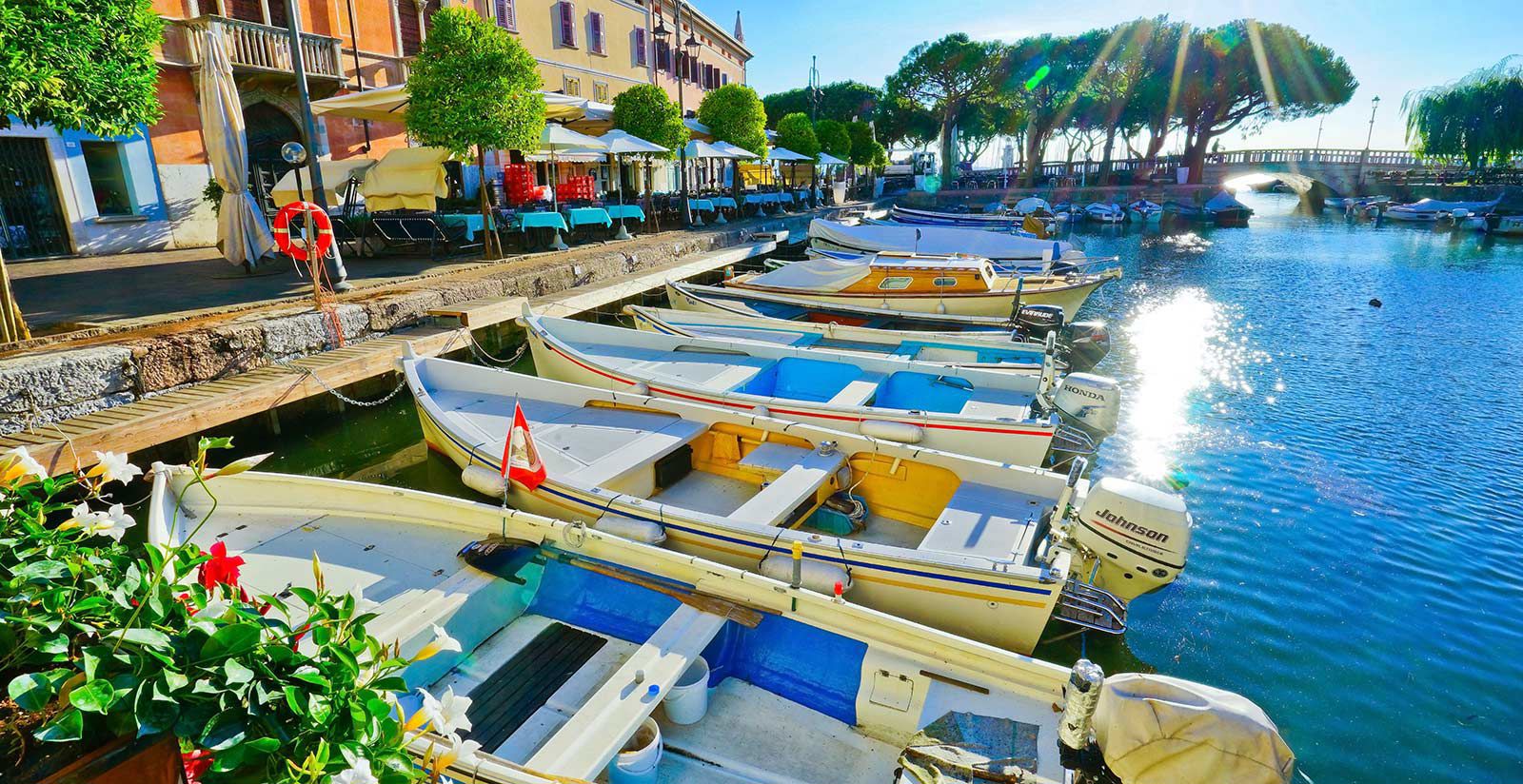
eng
Advantages
By booking through the official website, you will receive:
Best Price Guarantee
Better Cancellation Conditions
Free Upgrade subject to availability
Where we are







